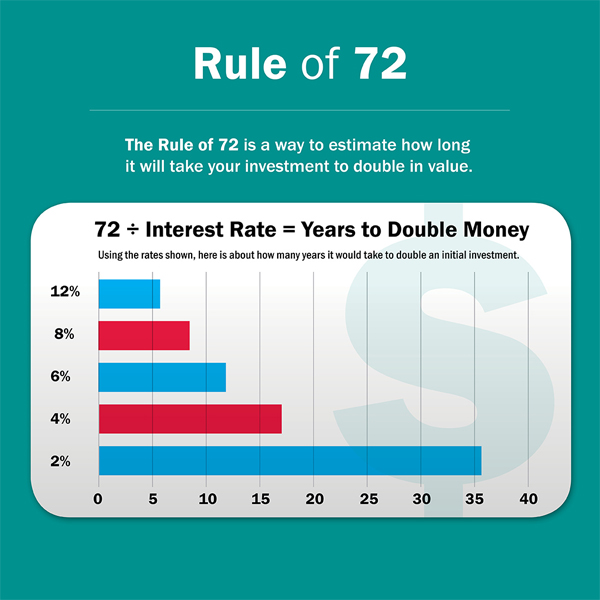Annuities Made Easy
What Is an Annuity?
An Annuity is a financial product that pays out a fixed stream of payments to an individual, which are primarily used as an income stream for retirees. They can be a great way to save for and strategize your retirement, as they help mitigate the risk of outliving your savings. In other words, an annuity is insurance for retirement and can provide a steady flow of cash, similar to other defined benefit pension products, such as social security. Annuities can provide retirement income for life, with guaranteed monthly payments.
Annuities can be structured into different kinds of tools, allowing investors flexibility and options—fixed, variable, immediate, and deferred income.
- Immediate payment annuities begin immediately after the payment of a lump sum.
- Deferred income annuities don't begin paying out after the initial investment. Clients specify an age at which they would like to begin receiving payments from the insurance company.
- Fixed annuities provide regular periodic payments to the annuitant, or policyholder.
- Variable annuities allow the owner to receive greater future cash payments if investments of the annuity fund perform well and smaller payments if its investments perform poorly.
Deferred annuities are the most popular, and come in different forms such as fixed, variable or equity-indexed. Each has pros and cons depending on your situation and long-term investment goals, as well as different levels of associated risks.
Some annuities have the option of an add-on called an “income rider”, otherwise known as a “lifetime income rider”. This benefit will provide a guaranteed minimum withdrawal amount that is independent from the annuity's contract value. Its sole purpose is to create a payout that is contractually guaranteed for the rest of your life (and possibly your spouse’s life as well), even if your original investment goes to zero. Two things to note about this are: additional fees may apply, and investors need to ask themselves at what age do they need the income. Depending on the duration of the annuity, the payment terms and interest rates may vary.
How Does It Work?
The period of time when an annuity is being funded and before payouts begin, is referred to as the accumulation phase. Investors can fund their annuity in one lump sum or through period payments. Once payments start, the contract is in the annuitization phase. Upon annuitization, the holding institution, will issue a stream of payments at a later point in time. This can be a fixed period or for the remaining life of the investor.
For example, a fixed annuity would look like this: an individual pays a fixed amount each month for a pre-determined time period (typically 59.5 years) and receives a fixed income stream during their retirement years.
The Accumulation Period
An individual investor will contribute regularly to their annuity account upon creation, building up their savings and the value of their portfolio. The length of the accumulation period can be specified at the time when the account is created, or it may depend on when you choose to draw funds based on your retirement timeline. The contributed funds will accumulate providing a nest egg ready for your retirement withdraw.
The Cons
Many pros are stated above, but let’s not forget about those cons. Since annuity funds are typically locked up for a period of time, this makes them illiquid and unavailable for use without penalty. Because the lump sum put into the annuity is illiquid and subject to withdrawal penalties, it is not recommended for younger individuals or for those with liquidity needs.
Summary
Overall, annuities can be a very beneficial part of a retirement plan. However, they are complex financial vehicles that should be understood by the investors. Your retirement represents your financial future, and planning for takes time. At Rogue Investment Services, our team of experienced Financial Advisors have been helping clients reach their retirement goals for over a decade.
We love to hear from our members. If this article resonated with you or if you have future ideas for articles, please share with us!
There is a surrender charge imposed generally during the first 5 to 7 years that you own the contract. Withdrawals prior to age 59 ½ may result in a 10% IRS tax penalty, in addition to any ordinary income tax. The guarantee of the annuity is backed by the financial strength of the underlying insurance company. Investment sub-account values will fluctuate with changes in market conditions.
An investment in a variable annuity involves investment risk, including possible loss of principal. Variable annuities are designed for long-term investing. The contract, when redeemed, may be worth more or less than the total amount invested. Variable annuities are subject to insurance-related charges including mortality and expense charges, administrative fees, and the expenses associated with the underlying sub-accounts. Investors should consider the investment objectives, risks and charges and expenses of the variable annuity carefully before investing. The prospectus contains this and other information about the variable annuity which should be read carefully before investing or sending money.
Securities and insurance products are offered through Cetera Investment Services LLC (doing insurance business in CA as CFG STC Insurance Agency LLC), member FINRA/SIPC. Advisory services are offered through Cetera Investment Advisers LLC. Neither firm is affiliated with the financial institution where investment services are offered. Advisory services are only offered by Investment Adviser Representatives. Investments are: *Not FDIC/NCUSIF insured *May lose value *Not financial institution guaranteed *Not a deposit *Not insured by any federal government
1370 Center Drive, Medford, OR 541-622-7325


